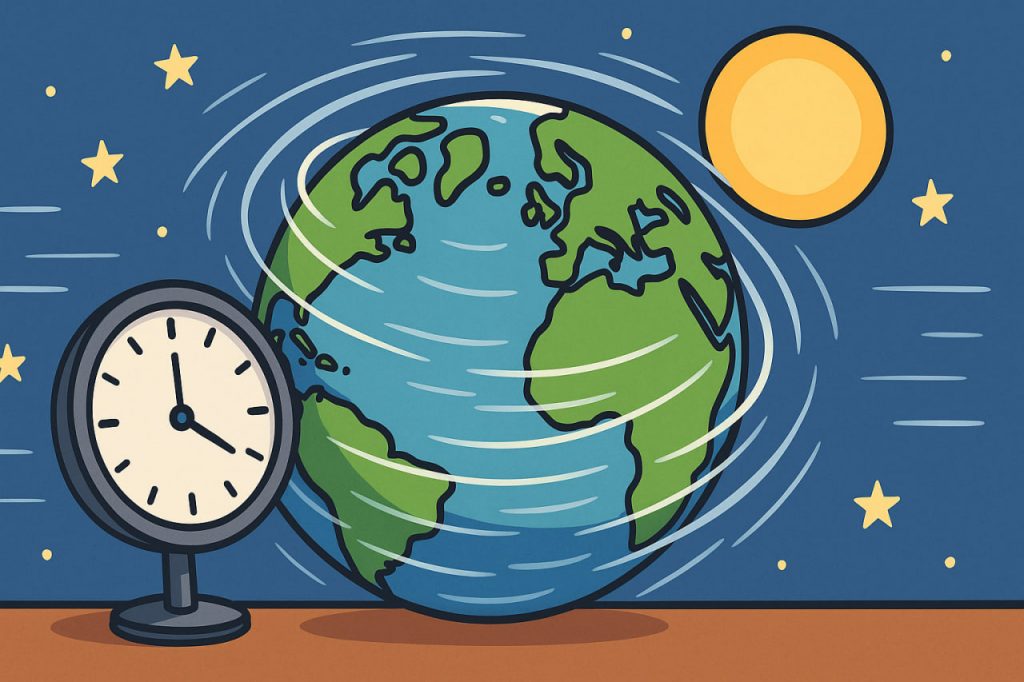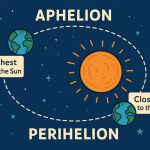The Earth rotates once every 24 hours, giving us the day-night cycle. But this rotation isn’t perfectly constant. Recently, scientists have observed slight increases in Earth’s rotational speed, meaning the planet is spinning faster than before—though by only a few milliseconds.
In 2020, Earth recorded some of the shortest days ever measured since precise atomic timekeeping began in the 1960s. One day was 1.4602 milliseconds shorter than 24 hours, and similar variations have continued into recent years.
Why Is Earth’s Rotation Changing?
Earth’s spin has always varied slightly due to a variety of natural factors, including:
- Tectonic activity – Earthquakes and shifts in the crust can redistribute mass.
- Melting glaciers and polar ice – Changes in water distribution affect the planet’s balance.
- Atmospheric winds and ocean currents – These can transfer momentum and slightly alter the spin.
- Core-mantle interactions – Movements in Earth’s molten core can influence its rotation.
- Post-glacial rebound – As land masses rise after being freed from heavy ice sheets, the shape of the planet slowly shifts.
While these changes are very small, our technology is now precise enough to measure milliseconds of difference.
Could It Affect Our Lives?
So far, the effects are mostly noticeable in timekeeping and satellite navigation:
- Leap seconds are sometimes added or subtracted to sync atomic clocks with Earth’s rotation.
- If Earth keeps accelerating, we may need to remove a leap second in the future for the first time ever.
- Satellite systems (like GPS) must constantly adjust to Earth’s exact position and speed.
For everyday life, though, these changes are not noticeable—nobody will feel a day that’s a millisecond shorter.
What Could Cause a Long-Term Acceleration?
Most long-term trends suggest Earth’s rotation should slow down due to tidal friction caused by the Moon. However, the recent speed-ups might be temporary anomalies or part of a larger oscillation.
If a persistent trend of speeding up develops, it could indicate major internal changes in Earth’s structure, or reflect long-term climate patterns that shift Earth’s mass around the globe.
Is It Dangerous?
For now, no. The acceleration is tiny, and there’s no risk to human health or the environment. But it’s a fascinating indicator of how deep Earth processes, climate, and human activity (like melting ice caps) are all interconnected.
Scientists continue to monitor Earth’s rotation to better understand its causes and long-term patterns.
Glossary
- Rotation – The spinning motion of Earth around its axis.
- Leap second – A one-second adjustment to atomic clocks to keep time aligned with Earth’s rotation.
- Tidal friction – The gravitational interaction between Earth and the Moon that gradually slows Earth’s spin.
- Post-glacial rebound – The rising of land masses after ice sheets melt.
- Core-mantle interaction – Movements inside the Earth that can affect rotation.


